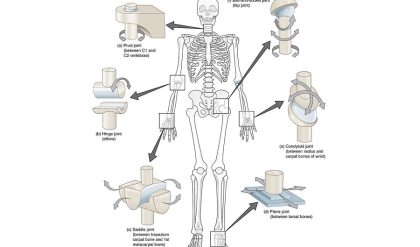Living with cancer is an incredibly difficult experience, affecting not only the individual but loved ones too. The side effects of cancer therapy are a big issue clients face, often resulting in extreme fatigue, nausea, muscle and bone loss along with dealing with the psychological effects of the process.
With new research emerging in the field of oncology and its relationship with physical activity, there has been overwhelming evidence to support exercise as a safe and feasible intervention. Exercise has been utilized as a tool to assist clients in preparing, coping and recovering from treatment in many cancer treatment facilities, with a multitude of studies showing a positive effect on quality of life, muscle strength, and endurance as well as fatigue.
Based on the evidence, a total of 150 minutes of aerobic exercise should be completed weekly, which can include walking, bike riding or swimming; accompanied by 2-3 days of strength training weekly. Completing this physical activity can have improved benefits completing it with friends and family. Not only do your loved ones get to reap the benefits of exercise including chronic disease prevention, but socialization also has a positive effect on our mental wellbeing.
Importantly, any exercise program should be flexible, particularly during periods of cancer treatment. Any program needs to be able to be adjusted according to changes in treatment, the presence of side-effects, and primarily how the person is feeling on any particular day. Just as importantly, the wants, needs, and goals of the participant should guide the exercise, as it should be enjoyable.
All advice within this article is generalized, guidance from a licensed practitioner before implementing physical activity is recommended prior, during and after treatment.



